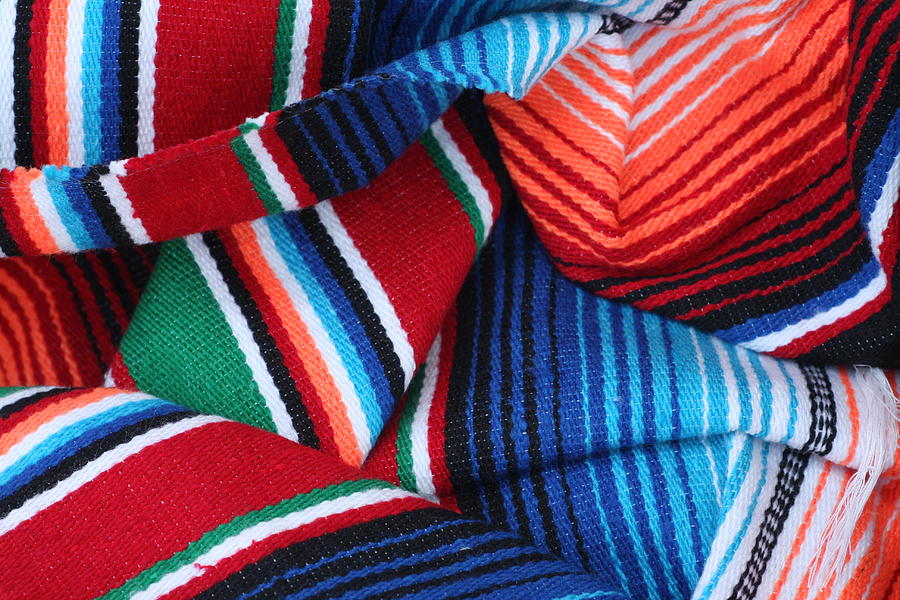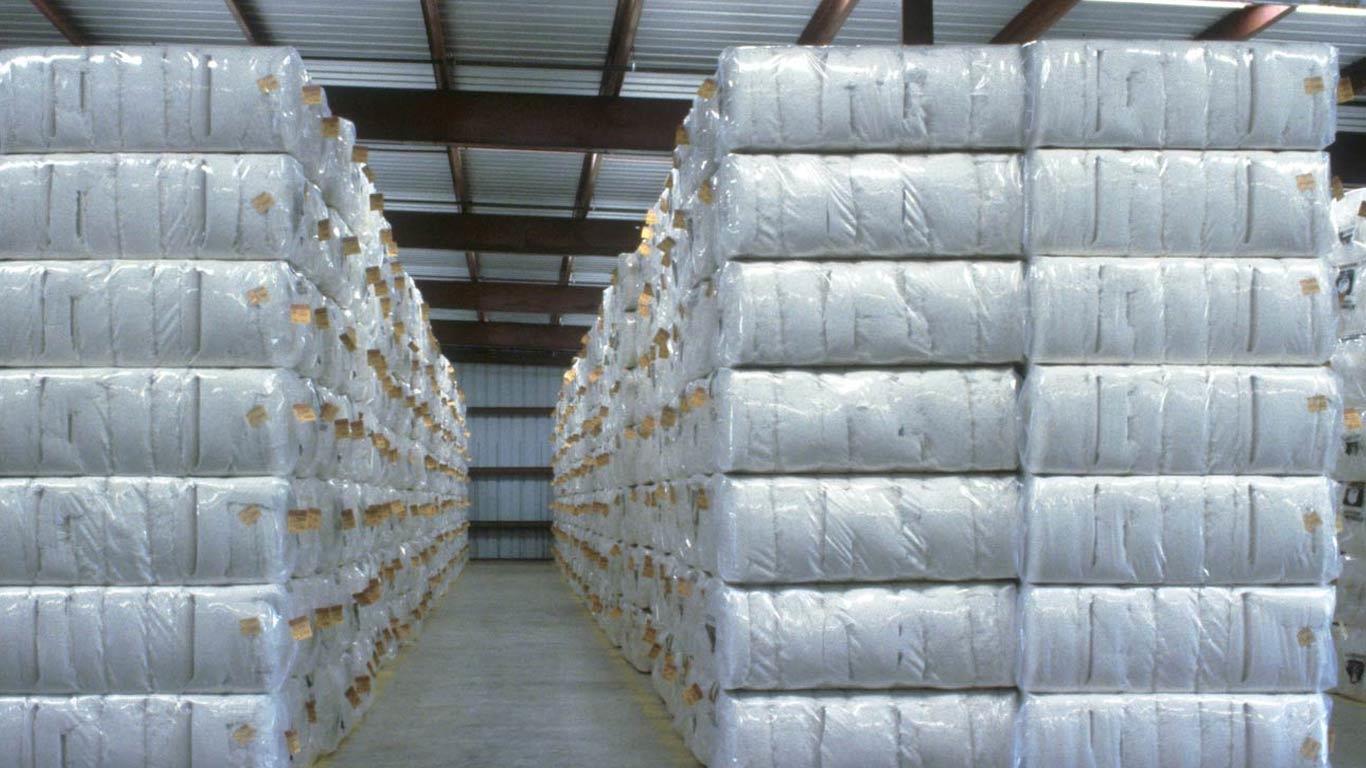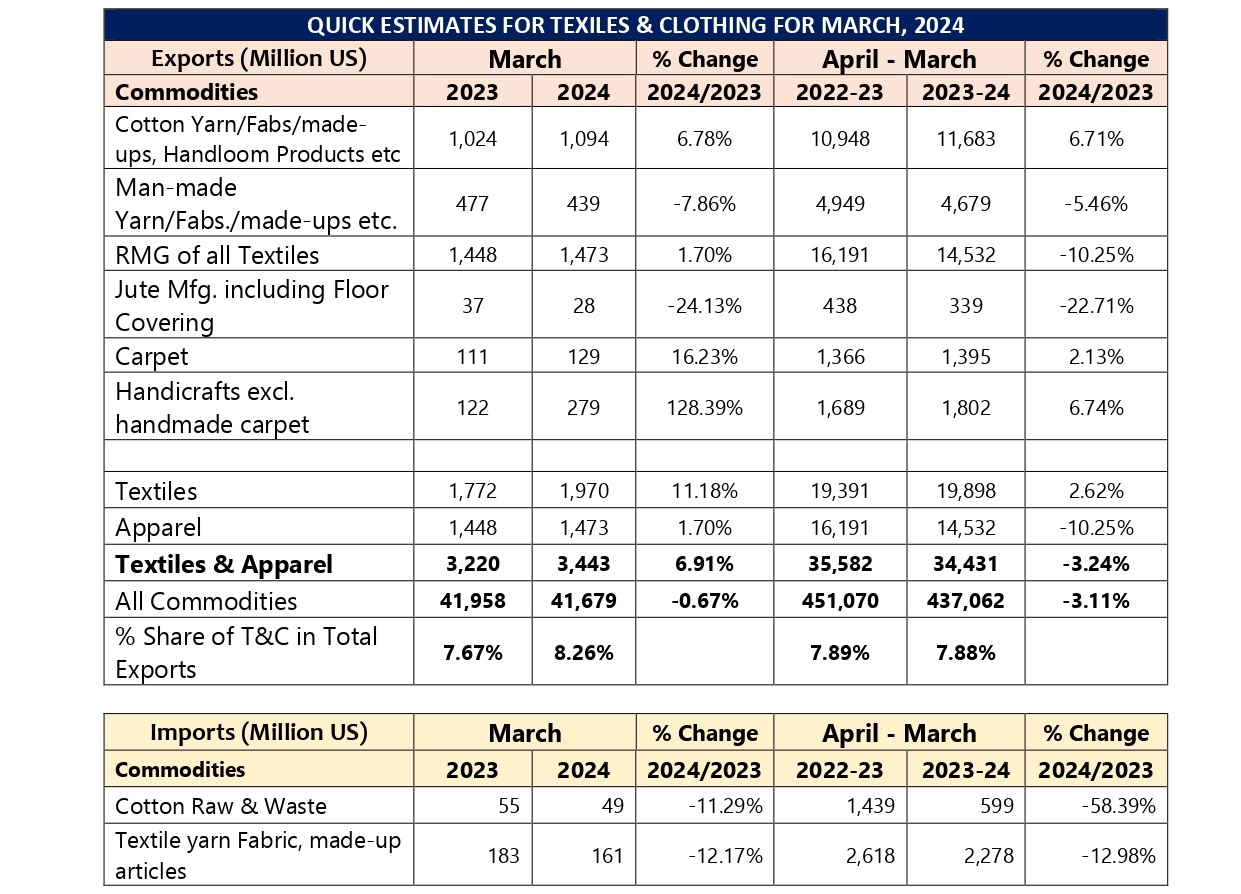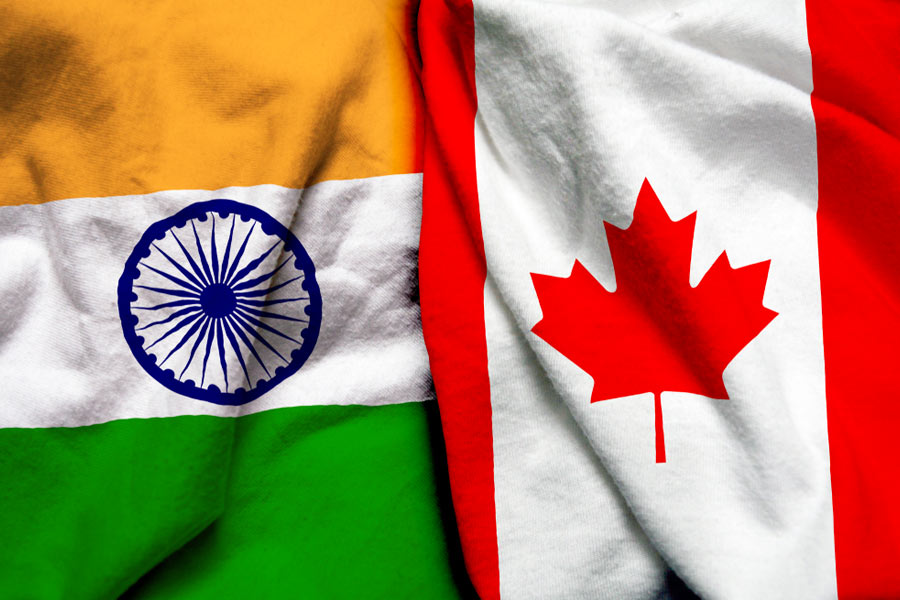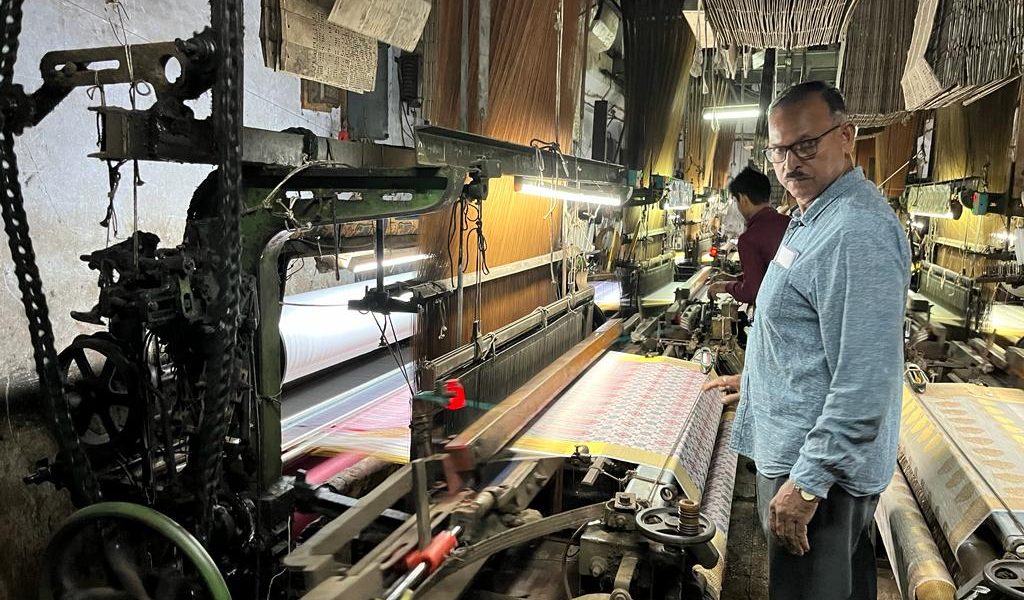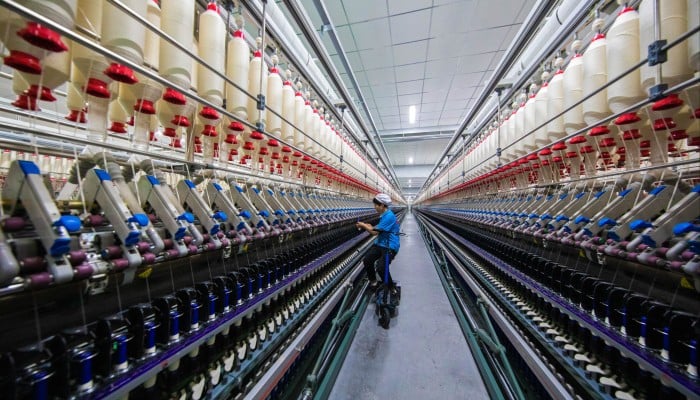The fashion sector is always haunted at the prospect of yet another allegation from social activists or laws passed against its dubious sourcing practices, leaving the sector defensive and running for cover. These are not without reason as for decades the fashion sector has exploited underdeveloped countries’ cheap labour forces for financial gains, at the expense of mostly women and children. The garment industry, a significant source of employment, provides jobs to around 94 million workers globally.
While trends vary by region and country, nearly 60 per cent of garment workers globally are women, reaching nearly 80 per cent in some regions. Although completely illegal in most countries, according to International Labour Organisation (ILO), around 11 per cent of the readymade garment industry workers worldwide are children.
Fast fashion had deteriorated the labour rights situation even further as it continuously looks for the cheapest source – giving unscrupulous RMG manufacturers a field day as they lure in people eager to find employment with false offers of a better livelihood. Sofie Ovaa, global campaign coordinator of Stop Child Labour at UNICEF explains, “There are many girls in countries like India, Cambodia and Bangladesh, who are willing to work for very low prices and are easily brought into these industries under false promises of earning decent wages.”
Weak anti-slavery laws a bane
Meanwhile many countries have passed anti-slavery laws for compliance. For example, Canada has the ‘Fighting Against Forced Labour and Child Labour in Supply Chains Act’. But there are questions if the law is really effective and how robust it is. Going by the lax law, it hardly comes across as a fight for betterment that a first world economy would uphold and turns out to be more a moral code of conduct that should be followed. This Act does not make it mandatory for large Canadian companies that are outsourcing from various developing and under-developed economies where the chances of labour exploitation are on the higher side. It is entirely at the discretion of these organisations to choose to follow the Act as an ethical guideline or not.
Similarly, the State of California has very weak and vague disclosure laws that enable large importers to carry on doing business with dubious suppliers, as do Australia and the UK. What is surprising is that in these countries, the movement towards ending labour exploitation in the fashion industry is led by individuals and groups of the public rather than their governments.
Popular high street brands continue using child labour
Shocking as it may be, the list is a long and disturbing one as these are much-loved labels – H&M, Zara, Uniqlo, GAP, Nike, Aldo, Aeropostale, Urban Outfitters, Primark, Walmart and Forever 21, Victoria’s Secret and La Senza to name some of the many. Whilst most of these brands often espouse social causes such as sustainability, LGBTQIAA+ rights, etc., when it comes to speaking out about child labour, they remain vague.
Child labour has been advantageous for the readymade garment and textile sector because most of the tasks involved require low skill and according to industry experts, little fingers pick better cotton because they don’t damage the fluff! According to SOMO, the Netherlands-based independent research company, the worst offenders happen to be Egypt, Uzbekistan, Pakistan, India, Bangladesh, Thailand and China. One can’t of course put the blame squarely on brands exploiting children for financial gains – the fashion supply chain is nearly impossible to control as of date because of the multiple sub-contractors in it who fly below the radar and buyers don’t have any idea about them.




